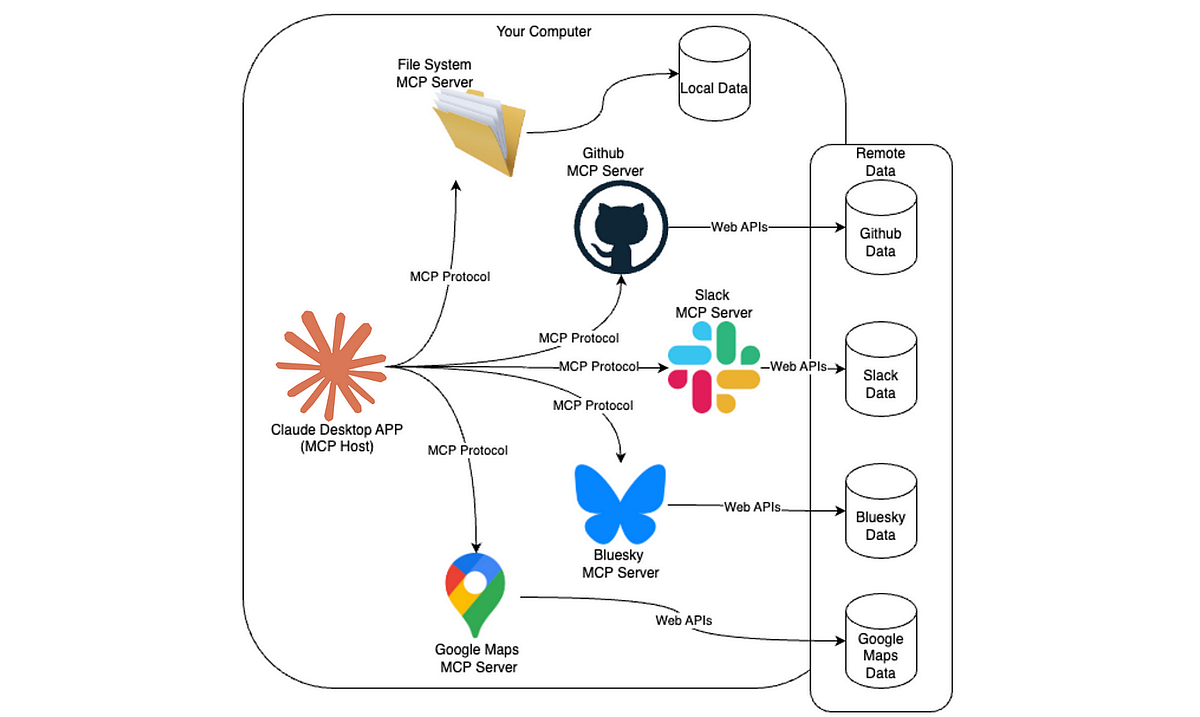Operations Processes that You Have to Implement
Share now

You can profit an extra 6-7 figures per year by implementing one ops process.
This 1 thing will lead to better results for clients & will reduce churn.
It’s probably not what you think: the operations production meeting.
Context
This past week one of our cold calling agency clients got feedback from a client of theirs that results weren’t where they were meant to be. When we asked if they had some form of daily huddle/meeting with the cold-calling team, the answer was no.
If you run a service that has daily results/KPIs that drive revenue, a daily production meeting may be important.
We knew this agency should have one because without it
- We could easily fall behind
- There would be missed coaching opportunities
- Results would continue to be sub-par
- We would miss daily opportunities to improve and implement feedback
Here is how to implement this meeting cadence:
Announcements & Meeting Kickoff
At Amazon, we had something called a spacer. This acronym stands for:
S – Safety tip
S – A success story
S – Standard work
P – Purpose (of the meeting/event)
A – Agenda
C – Code of conduct (how do we engage)
E – Evaluation (how will we know this worked)
R – Roles (who does what during the meeting)
This gives leaders across the entire organization a templatized way to begin the meeting.
For your company, you don’t need something this in-depth, but I would encourage you to create some form of structure.
Data Review
After the initial overview of the meeting, the individual contributors on the team should come prepared to speak on their data of the business segment they own.
For the example of the cold calling team, if I were a cold calling founder, managing 1 cold calling manager, the meeting may just be him and I. We would pull up the data (example shown below), and he would present:
- Trends
- Opportunities
Actions to clean up gaps
Here is an example of how this can go:

“Overall, we hit the qualified call booked goal for 6 of 11 clients and calls booked for 7 of 11. These results are not where I want them to be, here is what happened for each caller and my plan to fix:
Caller 1, had an oversight on not effectively balancing calls between clients. Caller 1 over-indexed on 3 clients while under performing on the others. This led to one client falling behind on calls booked, we will review scheduling and data tracking to resolve this. In terms of qualified calls, this caller was not following our process to effectively qualify calls. I will be sitting down for 1 hour daily with this team member to course-correct this behavior.
Caller two fell short on 2 clients getting enough qualified leads. I believe the root cause of this is a lack of understanding of their two offers and for client 7, falling short by 1k on cold calls. I will be sitting down with caller two to train on efficiency tips to increase overall volume and then we will be reviewing client 7 and client 8s offers to understand how to best qualify. I believe this will lead to us hitting a benchmark this week.”
Now, the above is a good attempt by a manager to communicate the plan. This team member did a decent job of rooting the issues and providing a decent plan. I would have coached this team member to get more specific on root causing process issues or behaviors as well as specific on SMART actions.
From here, the manager would provide their input, coaching, and guidance and the meeting could end with assigned actions.
Overall, this process is simple, but as a manager, it’s imperative to be able to lead this meeting with the ability to ask questions and press team members.
When we fall short, make sure team members know why.
When plans aren’t specific enough, make sure we understand why the team member isn’t coming up with a better plan.
The manager is there to guide and develop the group to the best standards.
Book a call with us today!
The post Operations Processes that You Have to Implement appeared first on 8 Figure Agency.



